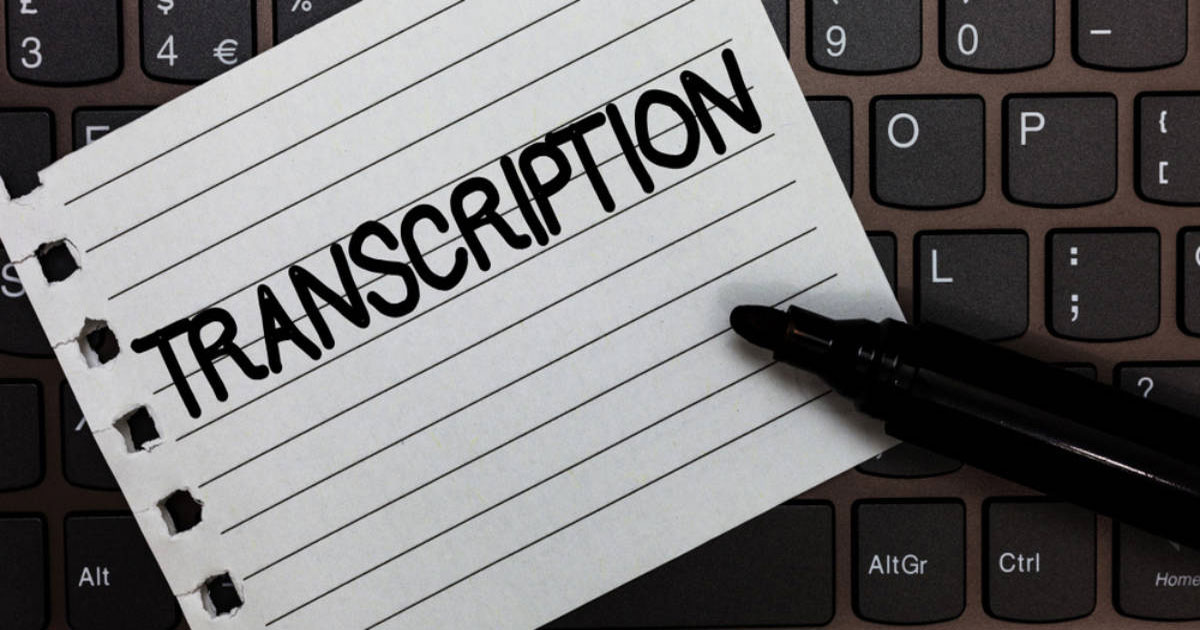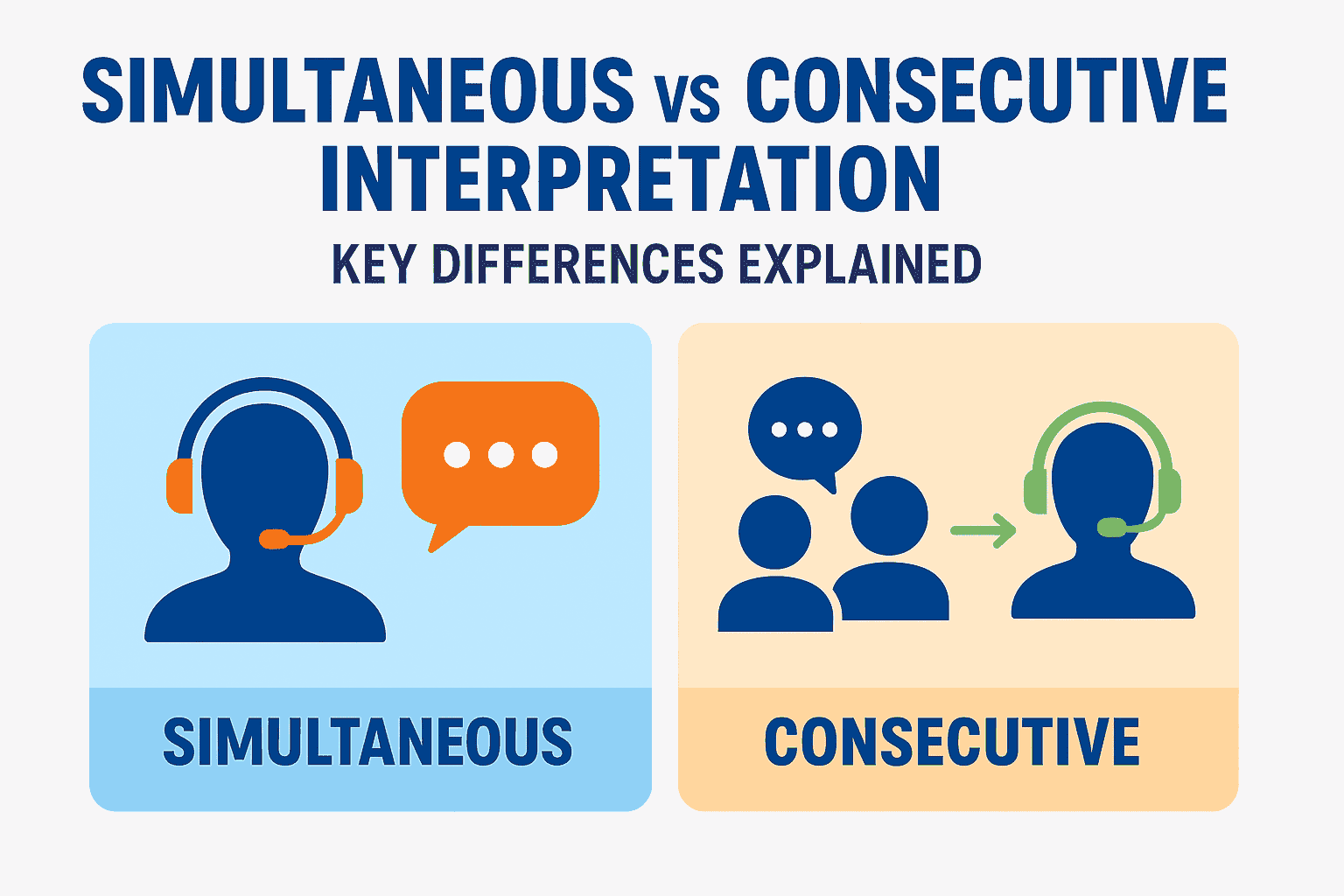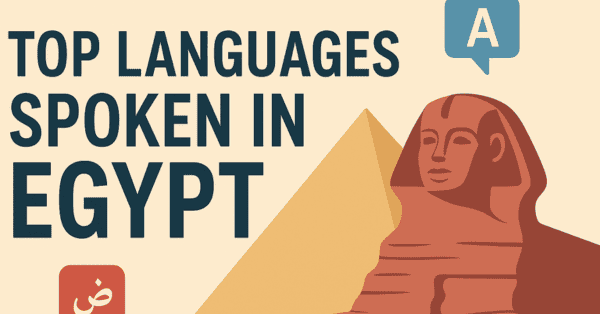
What Are Transcription Services and Why Your Business Needs It?
You may have heard the phrase "Content is King." But content isn't just king anymore, it's currency.
With so much content communicated verbally today, from podcasts to webinars and video conferences to training modules, transcription services have become even more valuable.
At its core, transcription is the process of converting spoken words from audio or video into written, searchable, and shareable text.
While transcription has existed for a long time, 2025 marks a milestone: It has evolved from an optional to a strategic approach, enhancing clarity, compliance, accessibility, and content optimization for organizations.
Transcription Before and After: Note Takers To AI-Assisted Accuracy
Has your manager ever asked you to take MoM (Minutes of the meeting) notes? What was it like? Non-stop scribbling, writing at impossible speeds to keep up? Overly conscious about the fact that you might miss out on important points?
There was always a risk of transcription errors, bias, missing details, and other nuisances, all of which were not considerations that businesses could afford to have occurred.
Picture this in 2025: audio and video recordings are ubiquitous — Zoom calls, online courses, webinars, YouTube tutorials, internal human resources interviews, customer feedback calls, and much more. Plus, with the rise of both AI and speech recognition, transcription services are now across the board offering hybrid models that utilize machine speed with the accuracy of a human.
However, while tools can help, accuracy and context are critical, and that’s where value added transcription services come into the picture.
Why You Need Transcription Services in 2025
1. Make Content Discoverable and SEO-Optimized
Search engines do not "listen" to your audio or "watch" your videos — they read your content!
By transcribing your content, you can ensure that:
- The keywords can be indexed by Google and Bing.
- Your videos/podcasts are rated in search results.
- You can reach an additional audience, including those who prefer skimming the text.
Transcribing your content — whether it's YouTube videos, webinars, or podcasts — is an exciting way to amplify your SEO strategy.
2. Improve Accessibility and Inclusivity
Regulatory bodies across the globe, from the U.S. ADA to India's RPwD Act, require businesses to make content accessible for all, including people with hearing impairments.
Transcribing and captioning are no longer simply a ‘nice-to-have.’ They will increasingly become a legal obligation.
Transcription helps ensure that your brand is:
- Inclusive.
- Legally compliant.
- Respectful to diverse audiences.
3. Increase Engagement on Social and Video Platforms
Videos with a transcription perform better on social media platforms. Why? Many social media users scroll through content with the sound off.
- Captions and on-screen text increase engagement by over 50%.
- Multilingual transcriptions allow for subtitles in other languages - opening businesses to global markets.
- In 2025, video localization will be a focus - transcription is step one.
4. Improve Training, Onboarding, and Internal Communications
Businesses continue to heavily invest in recorded training sessions, onboarding videos and virtual town halls, as hybrid work becomes the norm. Transcription allows businesses to preserve knowledge permanently:
- Employees can return to specific sections.
- New hires learn the most critical aspects more efficiently.
- HR will be able to save time and energy on training logistics.
With a searchable transcript, employees can reference information, which drives efficiency and eliminates redundancy.
5. Make Research, Interviews and Data Analysis Easier
Businesses increasingly rely on transcripts to record and capture insights that used to be sourced in PDFs or slideshows. Transcription helps:
- Create a permanent record.
- Facilitate easier categorization of data.
- Assist with qualitative analysis.
In a research context, researchers will be able to tag, reference and analyze conversations without having to continually playback portions of the audio content.
6. Ensure accurate legal and compliance documentation
In regulated industries – healthcare, legal, finance - transcription ensures:
- Audit trails.
- Legal evidence.
- Adherence to documentation policies.
Precise timestamps and transcripts are vital in legal proceedings, HR investigations, or successful compliance audits.
7. Support global translation and localization
Want to translate your content into French, Hindi, Spanish, or Arabic? The starting point is a source script.
Transcription is the first step to:
- Multilingual subtitling.
- Voiceover and dubbing.
- Cultural localization.
With companies now working in global markets, transcription research represents the first step in internationalization.
Industries Where Transcription is Important
Media & Journalism
Accurate transcription is important for reporting, simplifies media edits, and provides more timely publishing of interviews and broadcast news stories.
Education & E-learning
Lectures, MOOCs, and trainings can use transcriptions, so students understand, take notes, and have access to each session.
Healthcare & Medical
Transcription of medical records is still critically important for physician records, doctor dictations and telehealth documentation - now it has another layer of support from AI.
Legal
Transcription of court proceedings and witness interviews (depositions) is a common practice in ensuring clarity and documentation of the event.
Corporate & Startups
From investor calls, product demos, and Annual General Meetings (AGMs), companies need accurate transcripts for internal record keeping and future audits.
Podcasting & Thought Leadership
If you make your entire podcast available to your audience as a transcript, you can significantly increase your reach and retention and repurpose it into social media posts, blogs, or quotes.
Human vs. AI: Why Accuracy Still Needs a Human Touch
While there is no doubt that AI-backed transcription technologies have improved significantly, they still struggle with:
- Accents and regional dialects.
- Multiple speakers and crosstalk.
- Industry-specific terminology.
- Background noise.
A 97%+ accuracy rate can only be achieved when we have AI-based transcription and human editing.
At Crystal Hues, we provide both – technology-driven transcription and subject to human quality control.
The Crystal Hues Advantage
With over 36 years of experience in content and localization, Crystal Hues provides:
✅ Manual transcription with high accuracy
✅ Support for multiple formats (MP3, mp4, WAV, etc.)
✅ Timestamps and speaker identification
✅ Confidentiality and data protection
✅ Multilingual transcription for Indian and other global languages
✅ Domain experts for transcription in the areas of medical, legal, technical and academic
Whether you need transcription in India or overseas, our team will deliver high-quality work, fast turnaround, and scalability for every project.
Final Thought: Transcription is not a trend — It is a necessity
Transcription is not a matter of choice as an organization – it is required to enable clarity, accessibility and prosperity across the globe, while promoting effective communications and discoverability through digital means.
If you’re looking to save time, increase productivity, and enhance your visibility and trust regardless of border or culture, transcription is the place to begin.



